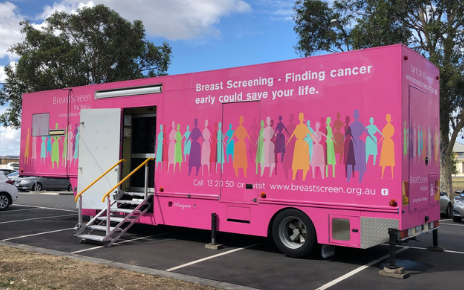In the ever-expanding list of companies under its umbrella is a company Google purchased called DeepMind, a UK-based AI company. As part of DeepMind, a health section was incorporated into the Google Health initiative with a view to bring AI to health diagnosis.
Everyone here should be aware of the breast cancer screening program as part of a government initiative started way back in Hazel Hawke’s days. The program has saved countless lives and extended many many more.
The difficult thing with breast cancer screening though is in the diagnosis. The radiologists are specialists in the field of breast cancer screening but even experts need some help sometimes. This is where Google, DeepMind and AI come in.
As a quick background, computer aided detection (CAD) has been around for a long time in radiology for specific indications such as lung nodule analysis and CT colonoscopy polyp detection. CAD though failed to meet real world expectations without any major significant improvements in performance (although some radiologists I know love it).
CAD has been used for mammography in the past with mixed results. AI though takes it another step forward with Google using their machine learning tools to create models for AI detection — something we saw in its infancy at Google I/O in 2017. Google and the researchers then applied the AI models to nearly 30,000 patients in a blind study (the results were already known, but not to the AI systems). The data sets were also NOT used to train the AI system and thus we totally unknown to the system.
Comparing the positive results from the AI to those patients who ended up having biopsy-confirmed breast cancer the AI demonstrated a “statistically significant” improvement in “absolute specificity” of 1.2% (UK – double read), and 5.7% (USA – single read) and an improvement in absolute sensitivity of 2.7% (UK) and 9.4% (USA). For reference, sensitivity is the ability to correctly identify lesions and specificity is how accurate it is at identifying those without lesions.
This means that it has a reduction in both false positives and false negatives. The difference between the two results could be due to the single read versus the double read, plus the USA data set was a lot smaller with a massive 22% of that dataset having biopsy proven breast cancer.
There are many possible applications for this technology in the real world of breast cancer screening, with helping out the radiologist’s workload being one — a computer double reading would also help their accuracy most likely. The researchers state in their discussion that their AI system out performs radiologists with a better result in specificity at the first reader. Of significance, the standard of care in the UK and Europe is for double reading and the AI system did not outperform this benchmark of double reading.
Considering AI systems get better the more cases they see and the more they are used, this is a very significant outcome for Google, DeepMind and the researchers. Continued research and prospective clinical studies will be required before it gets any form of regulatory approval but it is a great step in the right directions.
With breast cancer being the second leading cause of cancer-related death in Australia, this is a very relevant tool to help diagnose a disease that will most likely affect someone we know and love in our lifetime. In the meantime – and even once it arrives – all women between the ages of 50 and 74 are eligible for a free mammogram every two years. If you or anyone you know has any concerns though please see your doctor straight away.





